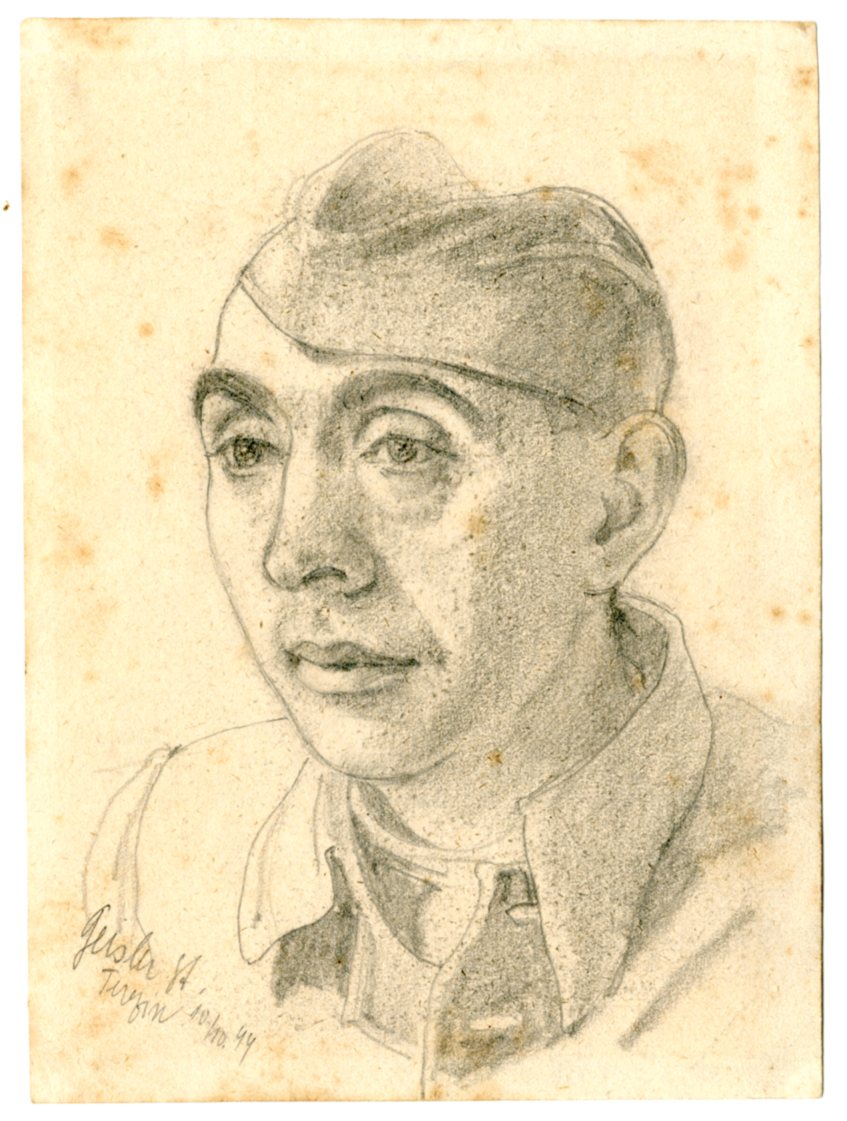
Jindřich Karpíšek
Jindřich Karpíšek was born on May 31, 1905 in Jičín, where he finished his primary and junior secondary school. Then he graduated from the teacher training institute. In 1925, he began his military service in Turnov, and passed a course for reserve army officers in Josefov. Karpíšek then served as a teacher in several districts. He returned to Jičín in 1931, teaching in its New Town quarter. After upgrading his qualification and promoting to the post of a specialist teacher, he was transferred to Kopidlno in 1932. He was actively involved in the work of the Boy and Girl Scouts Union of the Czechoslovak Republic. During the mobilization on September 23, 1938, he reported to the First Cycling Battalion in Slaný. As the commander of a transport of “army reservists“, he left Slaný to join his battalion in the area of Kardašova Řečice – Stráž nad Nežárkou. Led by Jindřich Karpíšek and linked to the organization Underground Movement of the Czech Domestic Resistance, a new resistance group was formed in the Kopidlno district in October 1939. During the first stage, its activities ranged from efforts to strengthen the population’s spirit of national resistance to the Nazis, to disprove the Reich propaganda, and disseminate information about the genuine situation abroad, etc. The group was known under its name “Bugle of Freedom”. During the second phase in its history, the group switched to active resistance, and changed its name accordingly to “Strike“. To forestall arrest of all its members in case of detection, the group used a system of three-men cells, which meant that a maximum of three other resistance fighters were allowed to have contact with any one person in the group. Jindřich Karpíšek was detained by the Gestapo on June 26, 1944, on account of denunciation that he favored and propagated the formation of a revolutionary national committee. He was first kept and interrogated in Valdice, before being transferred to the prison in the Small Fortress in Terezín on August 1, 1944. During his imprisonment there, he was assigned to many different cells and, on two occasions, he was taken to Pankrác for questioning. He passed through a total of eight labor commandoes, for instance “Gartenkommando”, “Albis” commando in the former Litoměřice brewery, “Reichsbahn” commando deployed in railway repairs, and the most grueling labor commando “Richard”. Jindřich Karpíšek spent his free time by secretly writing poetry. Just like many other prisoners, he, too, tried in this way to forget, at least temporarily, the surrounding horrors and hardship. Hidden in the sole of his damaged slippers, he was able to smuggle out his verses to his family. After the war, he donated selected poems to the Terezín Memorial. Jindřich Karpíšek lived to see the liberation of the Small Fortress in his cell No. 41 in the Fourth Courtyard, where shocking conditions prevailed and spotted fever epidemic was spreading at the end of the war. Following a medical checkup and a delousing procedure, he was taken to the Terezín Ghetto on May 7, 1945. After his release, he returned home on the following day. Back in Kopidlno, he took over the post of the local military commander, directing combat operations against the retreating Nazi units in the town and its vicinity. As soon as he got back to his everyday life, he resumed work in the education sector. He served in different positions: as a district adult education inspector, a physical training inspector, a regional physical training inspector, and head of Education Department. He ended his career at an elementary 9-year school in Kopidlno, before he retired in 1965.